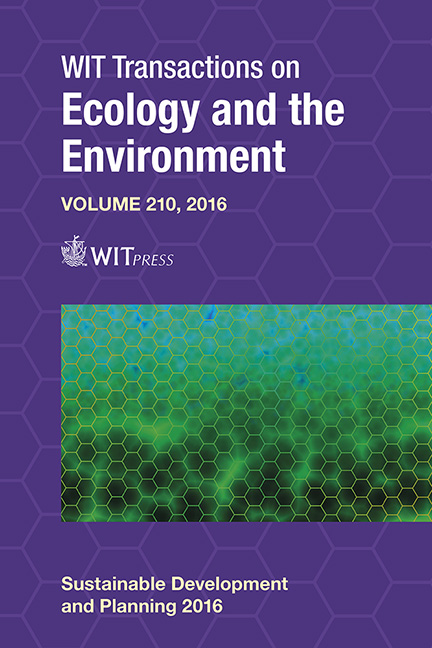An Examination Of Environmental Design Parameters Affecting Walkable Route Choices In Cyprus
Price
Free (open access)
Transaction
Volume
210
Pages
11
Page Range
599 - 609
Published
2017
Size
1,231 kb
Paper DOI
10.2495/SDP160501
Copyright
WIT Press
Author(s)
A. Savvides
Abstract
One of the characteristics of sustainable urban environments pertains to the extent to which the city fabric provides a variety of mobility alternatives in executing a specific journey. The extent to which this involves mechanized transport or alternatives that tax the human physique may have significant repercussions and offer tangible advantages to creating healthy urban environments. At the top of the list are means of mobility that force the city dweller to engage in physical cardiovascular activities, such as walking and/or bicycling. In the proposed paper conditions of existing urban design parameters as well as proposed corrections to physical formed are analyzed in terms of evaluating user comfort and route choices along a variety of urban pathways. The methodology of data collection and examination involves direct observation and mapping of route choices of city dwellers along the selected paths at three timeframes throughout the day and on characteristic days during the year. Specifically, the timeframes examined occur three times a day: during the early morning hours, at midday and later in the afternoon, during September, December, March and June in a given year (2014–2015). Along the selected route choices, environmental conditions affecting human comfort are also recorded, such as direct insolation or shading, ambient temperature, wind speed and humidity. The paper concludes with a discussion and recommendation of preferable environmental design parameters factoring in the design of urban walkable thoroughfares in Cyprus.
Keywords
urban design, environmental design, route choice, walkability





